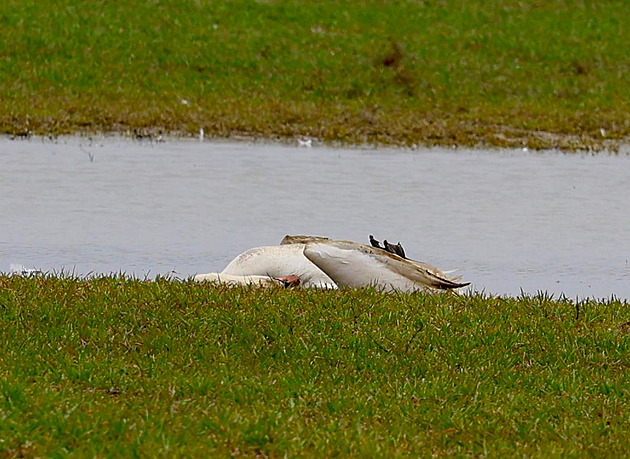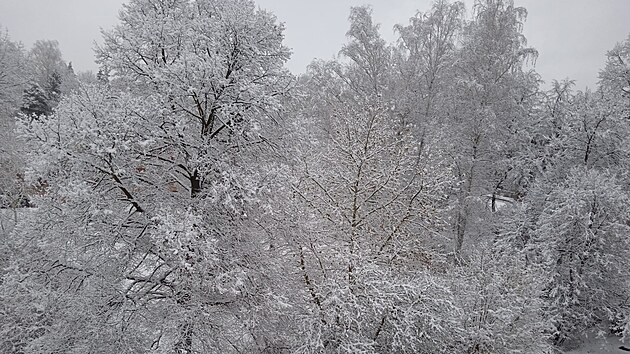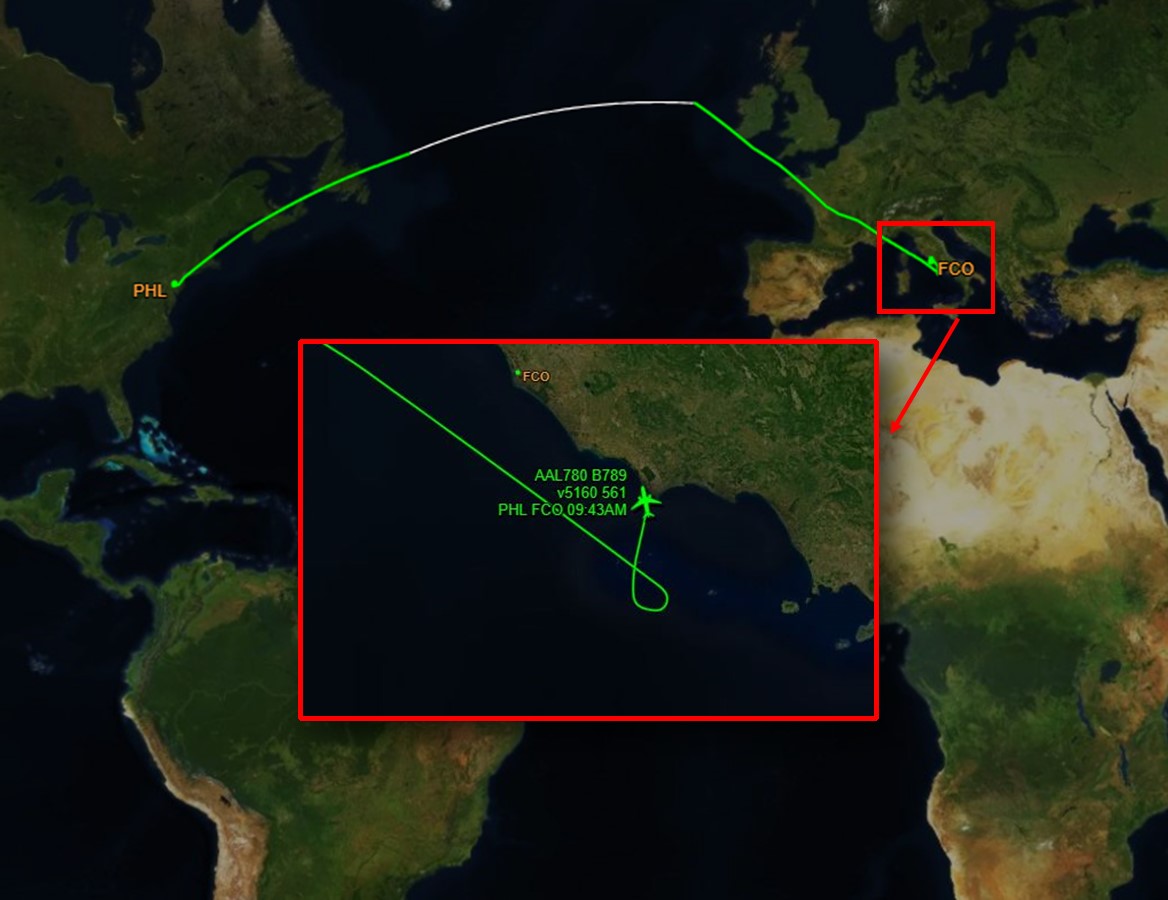Bird flu or poison? In the Cheb region, the swans are died

There were videos on social networks that document the death of Swans and Cheb. « It is a thing that is repeated here and allegedly, according to rescuers, two years ago, when this horror swept under the carpet, » Marcela Kupilíková from Cheb said.
According to her, it is unofficially said that farmers were carried out by farmers at the occurrence of swans. « We know about the case, but it is in charge of the Regional Veterinary Administration, » said Jakub Kopriva, spokesman of the Regional Police Directorate.
According to him, the veterinarians performed an autopsy of one of the dead swans. « The results of the analysis of samples do not yet, » said a police spokesman on Thursday morning.
Laboratory examination of samples from dead birds was also commissioned by a volunteer ecological association – the protection of birds (des op) from Pilsen, which also monitors the situation in the Cheb region. Its chairman Karel Makoň is convinced that the death of swans is a bird flu.
“All symptoms correspond to that. In addition, there was a dead seagull, which certainly did not eat rape, ”said Makoň, pointing out the speculation that the birds were poisoned by a chemically treated young rape. However, it does not exclude this option. « We are also waiting for the results of laboratory examinations that give us answers, » he said.
According to him, there are not many dead birds. “On Monday, firefighters who monitor the situation took twelve pieces, seven on Tuesday and one on Wednesday. This shows that the problem is in retreat, ”said the chairman of the Pilsen Protecting Association.
The number of dead pieces was not confirmed by firefighters. « Everything about this case is communicated by the Regional Veterinary Administration, » said regional firefighters spokesman Martin Kasal.
However, only the director of the administration who is currently on vacation can speak on behalf of the regional veterinarian. However, the spokesman of the State Veterinary Administration Petr Majer confirmed that samples from the dead swan veterinarians test both for bird flu and for potential chemical poisoning.
“The Regional Veterinary Administration knows about the problem and has been intensively dealing with it since Monday, March 10. It was supposed to be a gradual death of seventeen swans and one seagull, ”said the spokesman of the State Veterinary Administration Petr Majer.
On Wednesday, March 12, veterinarians sent samples of dead birds to the State Veterinary Institute in Prague. “In addition to examination on the bird flu, a toxicological examination will also take place to confirm or exclude possible poisoning. The case is also dealt with by the Czech Environmental Inspectorate and the Central Audit and Testing Institute of Agriculture and the Police of the Czech Republic, ”added Majer.
According to Karel Makona, the virus of bird flu have animals in bodies commonly. “It doesn't matter if young or old, the disease attacks everyone. It depends on what birds are fit, ”Makoň explained. According to him, the State Veterinary Administration has a well -processed system of evidence of the occurrence of this disease.
Even if the virus of bird flu proves, it would not be a tragic news for the owners of both and the Malochovs from the surroundings. “The State Veterinary Administration registers the case and informs the breeder in the area. But at that time, they are still taking preventive measures so that the infection does not get to breeding, ”Karel Makoň described the normal mechanism of the procedure.
In his opinion, there is nothing to do with wild birds. « We can't influence the process, » he said. Yet one can partially influence the development. “It is important not to feed birds on the assemblies. There are a lot of pieces on a small area, which enhances the infection. It is also a mistake to carry sick birds, ”added Makoň.







